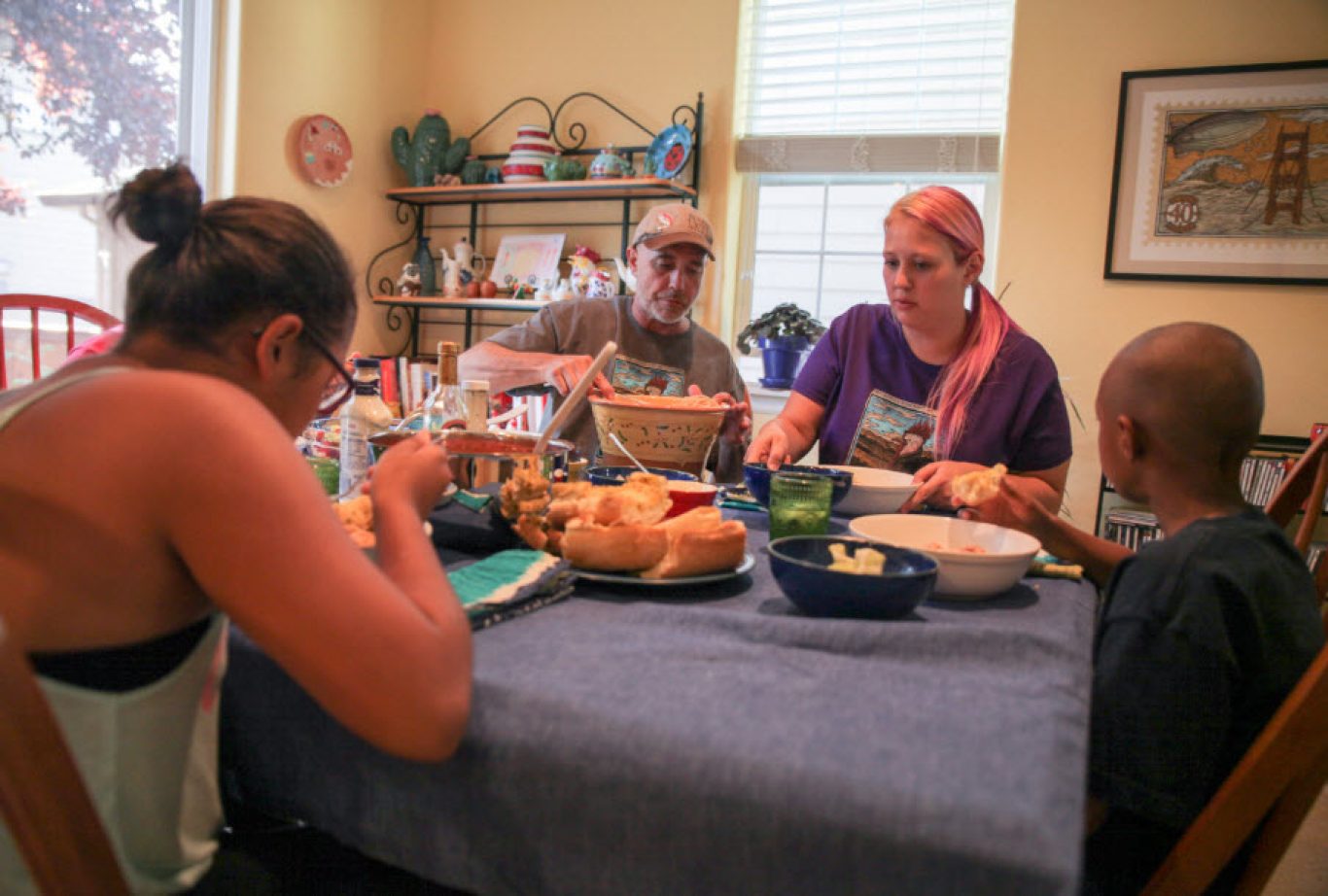4 Ways America Loses with Trump’s Proposed SNAP Change
4 Ways America Loses with Trump’s Proposed SNAP Change
Tell the administration why the categorical eligibility rule change is bad for people who are hungry
July 26, 2019 – In the fight against hunger across the United States, the Supplemental Nutrition Assistance Program (SNAP, or food stamps) remains the nation’s most effective tool, providing food assistance to 38 million Americans, including 600,000 Oregonians, and generating economic activity in every community. SNAP helps people access nutritious food when they don’t have financial resources to make ends meet.
This week, the Trump administration, through the U. S. Department of Agriculture (USDA), proposed a rule change that would curtail SNAP categorical eligibility and lead to the loss of SNAP (or food stamp) benefits for 3.1 million Americans. Last year, Congress reauthorized the farm bill, maintaining state waivers and flexibility for SNAP in the process. This administrative rule would sidestep congressional intent and undercut a legislative process years in the making.
The proposed change to SNAP eligibility is another shock to people facing food insecurity and yet another example of the current administration’s pattern of victimizing people living in poverty.
The categorical eligibility provision help states efficiently get much-needed SNAP assistance to people earning low incomes. At the same time, it reduces states’ administrative burden. Like all SNAP participants, a household eligible to apply for the program because of categorical eligibility must complete the application process and meet strict income requirements.
Among other efforts to support working families, Oregon raised SNAP gross income eligibility limits to 185 percent of the Federal Poverty Level and waived resource limits (typically $2,250). A family of four with an annual income of $47,638 or below is currently eligible for SNAP. The proposed rule change would shift the maximum income threshold to $32,630 for a family of four.
Here is what would happen should this rule be adopted:
- Working people would lose. Tens of thousands of Oregonians that earn low incomes who already face many barriers to meeting their basic needs would lose benefits and likely fall deeper into poverty. For example, a single mom with two kids in Oregon earning $12.75/hour currently can receive $96/month from SNAP. Under the changed rule, if she receives a $.50 raise, she’d exceed the newly required 130 percent SNAP eligibility threshold and lose all her benefits. In contrast, the same scenario using current eligibility guidelines would reduce her SNAP benefits from $96/month to $65/month, thereby allowing her to advance in work and meet her family’s basic needs.
- Children would lose. The rule change would eliminate free school meals from an estimated 265,000 students in the United States because SNAP eligibility would be uncoupled from other public assistance programs. Oregon Department of Human Services is working to determine the number of children that would be affected in Oregon.
- Oregon’s economy would lose. Losing these funds would have a significant negative economic effect on all Oregon communities. Each federal dollar that comes to Oregon through SNAP benefits creates $1.79 in economic activity. This economic boost supports grocery stores, farmers markets and other food businesses. The buying power of SNAP benefits is a critical driver of economic activity and job creation. There is a strong correlation between SNAP benefit redemption and job creation.
- Employers would lose. SNAP is an investment in our workforce, supporting working families and encouraging savings. The loss of SNAP benefits would destabilize people already stretching their modest resources. Facing these kinds of challenges would impact employees’ job attendance and performance. SNAP’s investment in workers has a large multiplier effect on businesses’ productivity and profits.*

“The families most likely to lose benefits are usually working, sometimes more than one job, saving a little, and earning modestly more than the standard eligibility level. Most of these families face high living expenses like rent, childcare, transportation, and food.”
CEO
Oregon Food Bank
1 in 8 Oregonians face food insecurity. Oregon Food Bank Network partners serve 260,000 people every month. We’ll see increased rates of hunger, increased demand on food banks, homeless services and, ultimately, weaker communities and families.
Why would we take away a benefit that creates such a large, positive impact?
As we have for more than 30 years, Oregon Food Bank is committed to weathering both the known and unknown repercussions of the political and economic climate.
The public has until Sept 23 to submit unique comments to the USDA in opposition to the administration’s rule proposal.
This rule does not go into effect immediately. People in need of assistance should continue to apply for SNAP benefits.
Take 5 minutes right now to tell the USDA why the categorical eligibility rule change is bad for people who are hungry and bad for Oregon.
